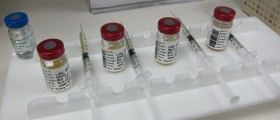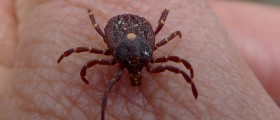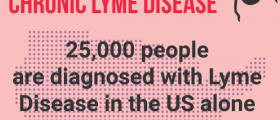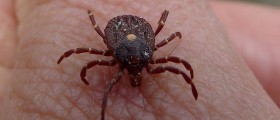
Signs and symptoms of Chronic Rocky Mountain spotted fever
Symptoms of this disease are often very hard to diagnose in the early stages. However, early treatment dramatically increases one’s risk for survival and fast recovery without any complications. At the early onset, this condition manifests in fever, nausea, vomiting, extremely hard headache, pain and fatigue in the muscles, decreased appetite and sometimes even in inflammation of one or major salivary glands.
When disease makes some progress and the infection affects the body more severely, patients may get symptoms of rash characterized by a flat, red area on the skin that is covered with small confluent bumps. The rash typically appears 2 to 5 days after the onset of fever and typically begins as small, flat, pink spots on the wrists, forearms and ankles (where the skin is thinner and softer). In addition, the surface of their skin may become affected with small red or purple spots. These minor hemorrhages measure only 1 to 2 millimeters in diameter. Patients may also complain about abdominal pain and pain in the joints.
Chronic Rocky Mountain spotted fever
This disease is very serious and remains life threatening even today, when a lot of treatment options are available. Up to five percent of infected patients will die from this infection, even if they receive appropriate treatment. Antibiotic therapy has dramatically reduced the number of deaths. Before the tetracycline and chloramphenicol were invented, in the mid 20th century, about 30 percent of all persons infected with Rickettsia rickettsii died. In some cases, patients may not experience any severe symptoms associated with this disease and they may fail to get a proper diagnosis. If patients do not receive appropriate treatment on time, their condition will become chronic. This actually means that the illness may stick with a patient since he or she was diagnosed too late.
















Your thoughts on this
Loading...